
Botanica: The Green Heart of Chișinău
Discover Botanica in Chișinău: A serene escape with lush parks, cultural landmarks, and vibrant local life, perfect for nature lovers and history enthusiasts.
Botanica, located in the southeastern part of Chișinău, is a vibrant and lush neighborhood that captures the essence of Moldova's natural beauty. Known for its expansive green spaces, this area is a haven for nature lovers and those looking to escape the hustle and bustle of city life. With its many parks and gardens, Botanica is the perfect place to relax and rejuvenate. One of the main attractions in Botanica is the Dendrarium Park, a sprawling botanical garden that houses a diverse collection of plants and trees from around the world. Visitors can wander through its well-maintained paths, enjoy picnics by the lakes, and even spot some local wildlife. Another must-visit spot is the Chișinău Zoo, which offers a fun and educational experience for families and animal enthusiasts alike. In addition to its natural attractions, Botanica is also home to several cultural and historical landmarks. The National Museum of History of Moldova and the Museum of Ethnography and Natural History provide fascinating insights into the country's rich heritage. For those interested in architecture, the area boasts beautiful Soviet-era buildings that tell the story of Chișinău's past. Botanica also offers a range of dining and shopping options to suit all tastes and budgets. From cozy cafes and traditional Moldovan restaurants to modern shopping centers, visitors will find plenty of opportunities to indulge in local cuisine and pick up unique souvenirs. The neighborhood's friendly and welcoming atmosphere ensures that every visitor feels at home.
Local tips in Botanica
- Visit Dendrarium Park early in the morning for a peaceful experience and to enjoy the best light for photography.
- Bring comfortable walking shoes as the parks and gardens are best explored on foot.
- Check the opening hours of the museums and zoo in advance to plan your visit accordingly.
- Try local delicacies at the neighborhood's traditional Moldovan restaurants for an authentic culinary experience.
- Utilize public transport or taxis to move around the area easily, as some attractions are spread out.
Botanica: The Green Heart of Chișinău
Botanica, located in the southeastern part of Chișinău, is a vibrant and lush neighborhood that captures the essence of Moldova's natural beauty. Known for its expansive green spaces, this area is a haven for nature lovers and those looking to escape the hustle and bustle of city life. With its many parks and gardens, Botanica is the perfect place to relax and rejuvenate. One of the main attractions in Botanica is the Dendrarium Park, a sprawling botanical garden that houses a diverse collection of plants and trees from around the world. Visitors can wander through its well-maintained paths, enjoy picnics by the lakes, and even spot some local wildlife. Another must-visit spot is the Chișinău Zoo, which offers a fun and educational experience for families and animal enthusiasts alike. In addition to its natural attractions, Botanica is also home to several cultural and historical landmarks. The National Museum of History of Moldova and the Museum of Ethnography and Natural History provide fascinating insights into the country's rich heritage. For those interested in architecture, the area boasts beautiful Soviet-era buildings that tell the story of Chișinău's past. Botanica also offers a range of dining and shopping options to suit all tastes and budgets. From cozy cafes and traditional Moldovan restaurants to modern shopping centers, visitors will find plenty of opportunities to indulge in local cuisine and pick up unique souvenirs. The neighborhood's friendly and welcoming atmosphere ensures that every visitor feels at home.
Iconic landmarks you can’t miss
Rose Valley Park
Explore the serene beauty of Rose Valley Park in Chișinău, Moldova, a lush haven for relaxation and natural splendor.
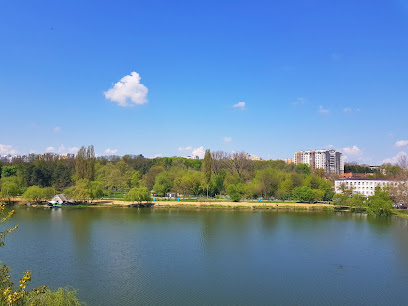
Zoo of Chisinau
Explore the vibrant Zoo of Chisinau, a delightful destination for wildlife enthusiasts and families in Moldova's charming capital city.
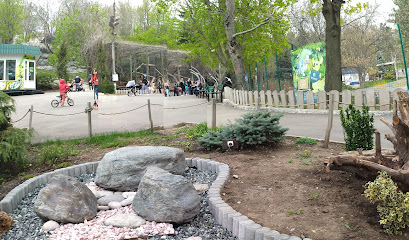
Alexandru Ciubotaru National Botanical Garden
Discover the beauty of nature at Alexandru Ciubotaru National Botanical Garden, a lush paradise filled with diverse plant species and serene landscapes.
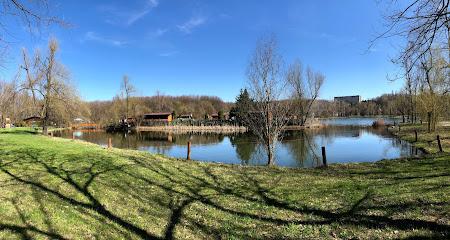
The Triumphal Arch
Explore the iconic Triumphal Arch in Chișinău, a neoclassical monument symbolizing Moldova's rich history and vibrant culture.
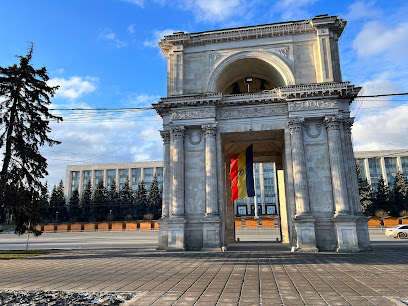
Eternity Memorial Complex
Explore the Eternity Memorial Complex in Chișinău for a tranquil experience filled with rich history and beautiful memorials dedicated to national heroes.
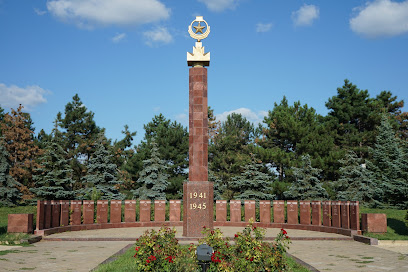
Village Museum
Explore Moldova's rich cultural heritage at the Village Museum in Chișinău, a captivating destination for history and nature enthusiasts alike.
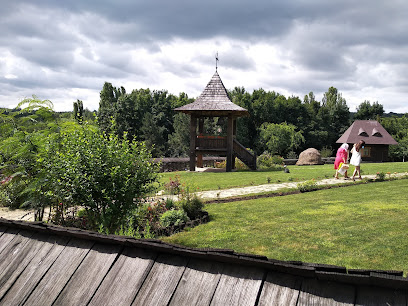
Befly Garden
Explore Befly Garden in Chișinău, a captivating wildlife park that invites you to experience the beauty and diversity of nature.
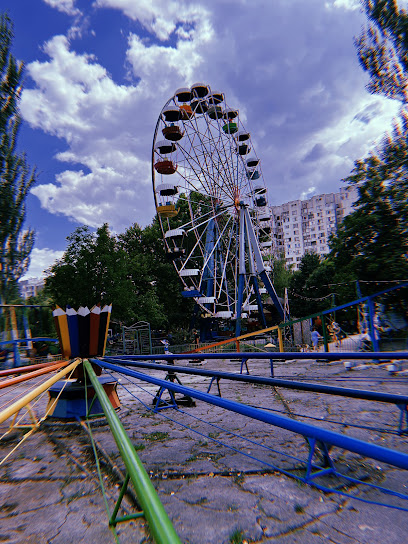
Lacul din Muzeul Satului
Explore Lacul din Muzeul Satului, a serene lake in Chișinău blending natural beauty and Moldovan cultural heritage.
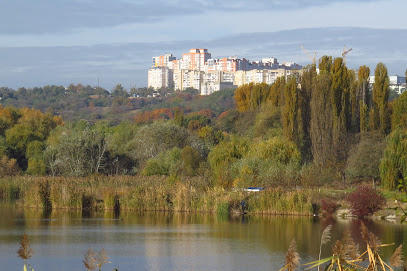
The Monument to the Deportees
Explore the Monument to the Deportees in Chișinău, a powerful sculpture commemorating resilience and remembrance in Moldova's history.
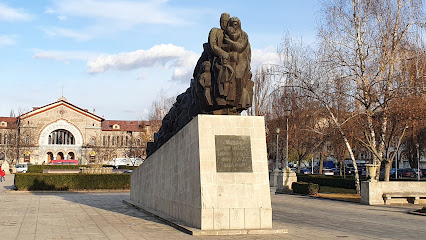
Coloana Neamului
Discover the symbolism of Moldova at Coloana Neamului, a majestic monument representing national pride and historical resilience.
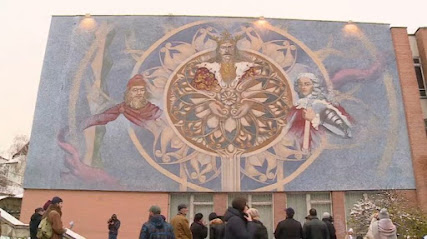
Unmissable attractions to see
Valea Morilor Park
Explore the natural beauty and cultural charm of Valea Morilor Park, a serene oasis in the heart of Chișinău, Moldova, perfect for relaxation and recreation.
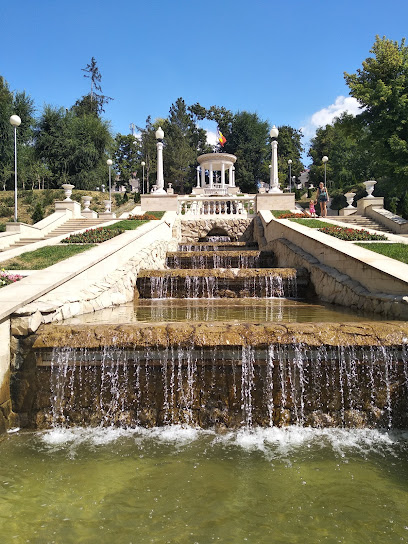
Eroii Patriei Park
Discover Eroii Patriei Park, a tranquil memorial park in Chișinău, celebrating the heroes of Moldova amidst lush greenery and serene pathways.

Cascade Stairs
Explore the breathtaking Cascade Stairs in Chișinău, Moldova, a monumental staircase offering stunning views and a vibrant cultural experience.
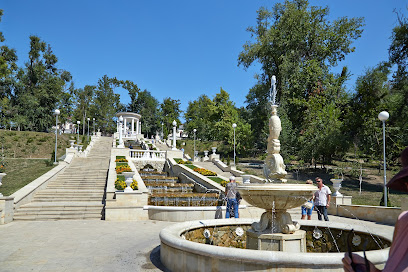
Befly Garden
Discover the enchanting Befly Garden in Chișinău, a wildlife park that showcases diverse species and promotes conservation in a serene natural setting.
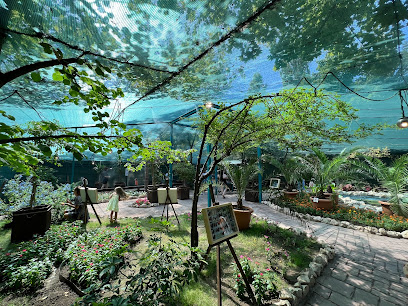
Essential places to dine
Mi Piace
Experience authentic Italian cuisine in Chișinău at Mi Piace - where every dish tells a story.
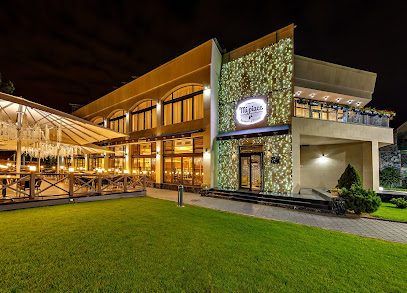
Fratelli RestoBar
Experience the vibrant culinary scene at Fratelli RestoBar in Chișinău – where local flavors meet modern dining.
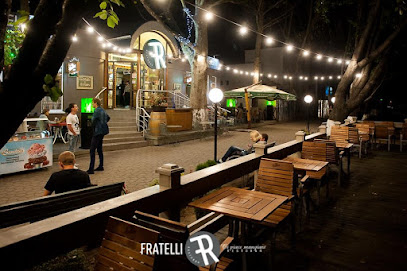
Popasul Dacilor
Experience authentic Romanian cuisine at Popasul Dacilor in Chișinău – where tradition meets exceptional dining.
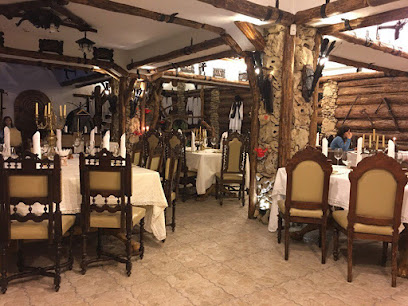
Kiku Steak & Wine
Experience exquisite steaks and fine wines at Kiku Steak & Wine, Chișinău's premier dining destination for meat lovers.

Trattoria Della Nonna
Discover authentic Italian flavors at Trattoria Della Nonna in Chișinău - where every dish tells a story.
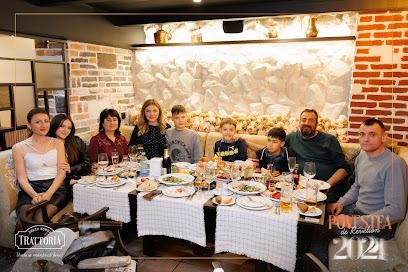
Park Avenue
Experience modern European cuisine at Park Avenue in Chișinău—where culinary excellence meets inviting ambiance.

Saperavi
Experience authentic Caucasian cuisine at Saperavi in Chișinău, where traditional flavors meet modern dining.
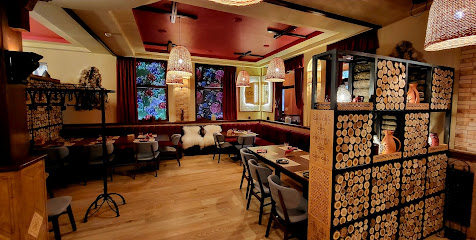
Restaurant Cvin
Experience authentic Moldovan cuisine at Restaurant Cvin in Chișinău - where tradition meets modern flavors.
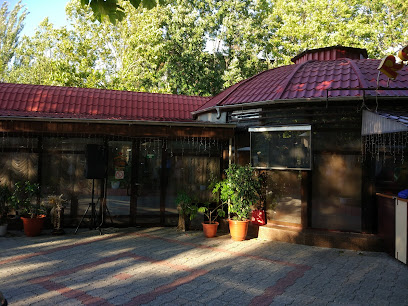
SAVOR Restaurant
Discover authentic Lebanese flavors at SAVOR Restaurant in Botanica - where every dish tells a story of culinary tradition.
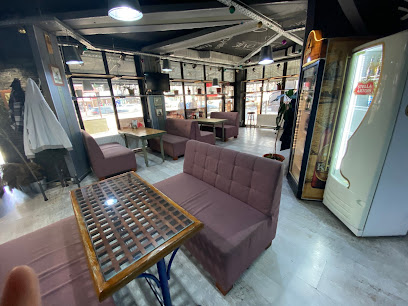
Basilico
Experience authentic Italian cuisine at Basilico in Chișinău - where every dish tells a story of tradition and flavor.

Markets, malls and hidden boutiques
Shopping MallDova
Discover Shopping MallDova, the premier shopping destination in Chișinău, blending local culture with a vast selection of brands and entertainment options.
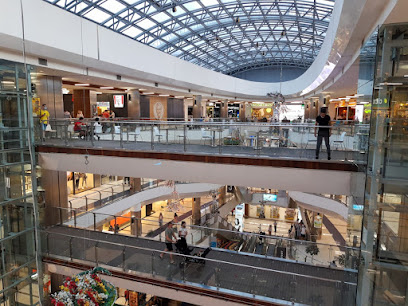
Unic
Discover the best shopping experience in Chișinău at Unic Shopping Mall, where local culture meets modern retail.
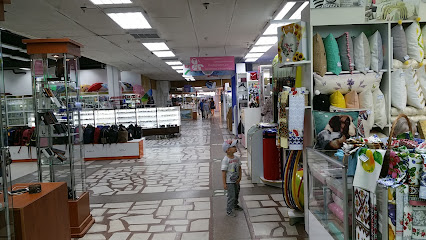
Atrium
Discover Chișinău's Atrium Shopping Mall - a vibrant destination for shopping, dining, and family-friendly fun in the heart of Moldova.
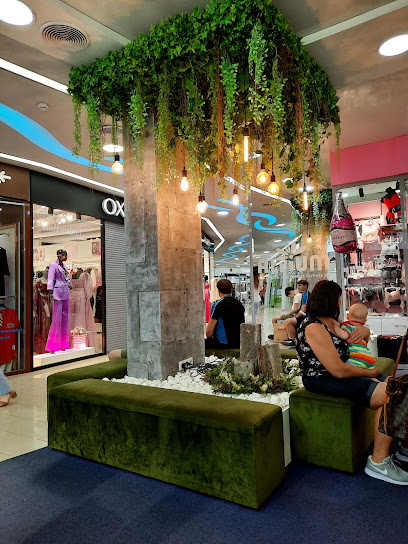
Elat
Discover the ultimate shopping experience at Elat, Chișinău's premier mall featuring diverse stores, dining, and entertainment options for all.
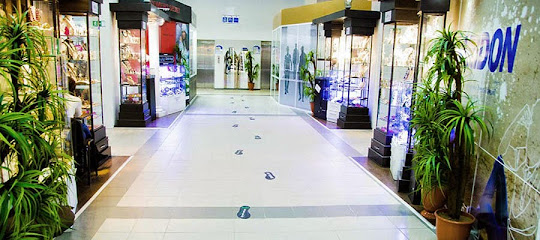
Zikkurat, sectorul Botanica
Discover Zikkurat, a premier building materials store in Chișinău, Moldova, offering a diverse selection of home goods for all your renovation needs.
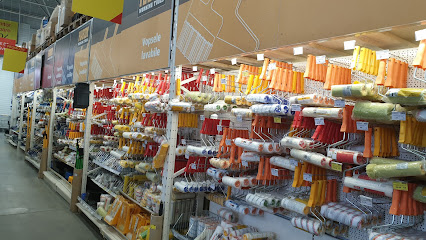
Lumea Tapetelor
Explore Lumea Tapetelor in Chișinău for all your home improvement needs, from trendy wallpaper to DIY essentials that inspire creativity.
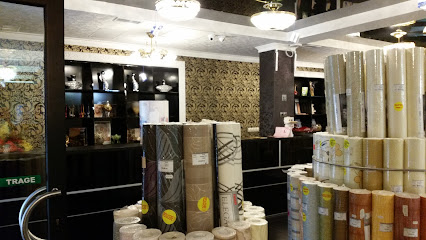
AlcoMarket
Discover a unique blend of local beverages and souvenirs at AlcoMarket, Chişinău's favorite gift shop for tourists.
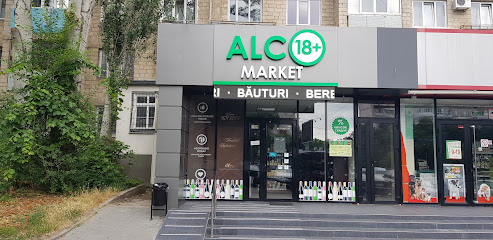
Cadouri.md - Livrare flori si cadouri in Chisinau, Moldova
Experience the beauty of flower delivery and unique gifts at Cadouri.md in Chișinău, where every bouquet tells a story.
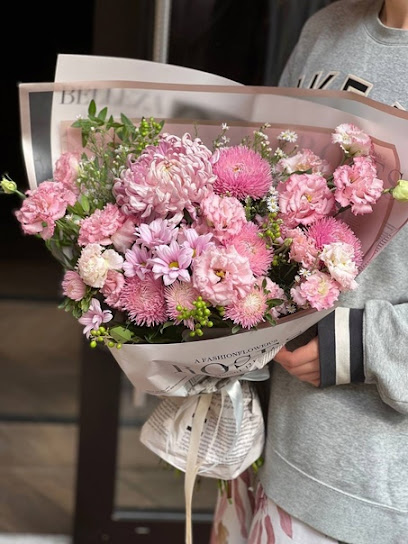
Mamico
Explore Mamico in Chișinău, the ultimate family-friendly store offering baby products, children's clothing, toys, and joyful entertainment for kids.

Souvenirs Folk & Art
Explore the vibrant artistry of Moldova at Souvenirs Folk & Art, a charming store in Chișinău offering unique handmade crafts and souvenirs.
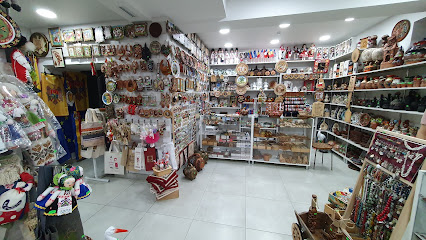
Essential bars & hidden hideouts
Draft Arena
Experience the vibrant nightlife of Chișinău at Draft Arena, where craft beers and delicious food meet a lively atmosphere.
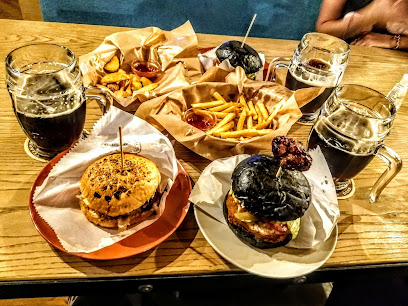
MuzCafé Karaoke
Discover the ultimate karaoke experience at MuzCafé in Chișinău, where great food meets unforgettable entertainment in a vibrant atmosphere.
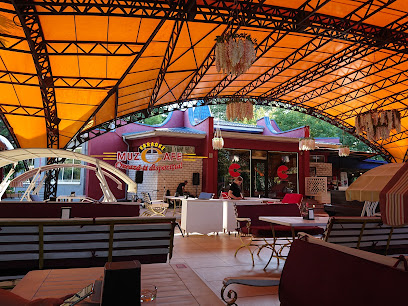
Fratelli RestoBar
Experience the vibrant culinary scene at Fratelli RestoBar in Chișinău, where diverse flavors, lively ambiance, and local charm come together.
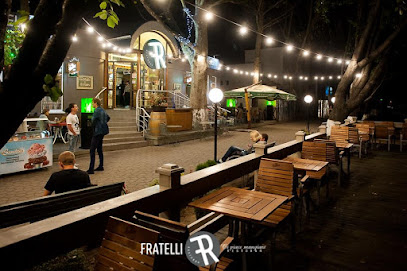
Double Beer Pub
Discover the vibrant nightlife of Chișinău at Double Beer Pub, where local beers and delicious pub fare await every traveler.
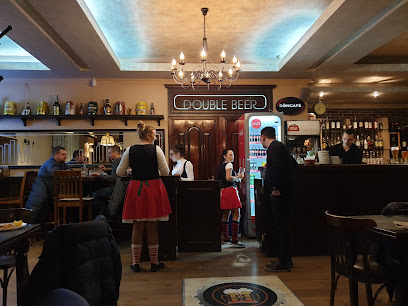
Independence Pub
Discover the vibrant flavors and welcoming atmosphere of Independence Pub in Chișinău, where delicious grilled dishes and local drinks await.
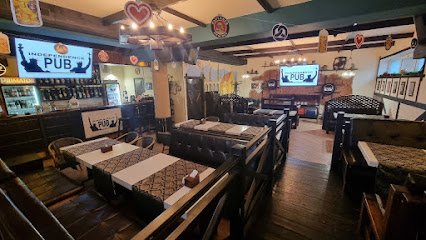
Lucky 7 Pub & Grill
Discover the lively Lucky 7 Pub & Grill in Chișinău, where delicious food and great drinks await in a vibrant atmosphere.
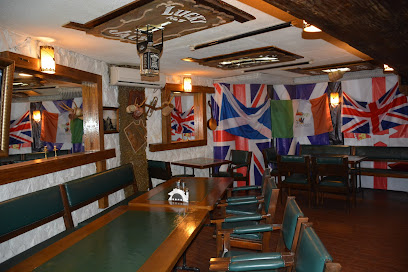
Dynamis Pub
Experience the vibrant nightlife at Dynamis Pub in Chișinău, a perfect blend of local culture, great drinks, and lively atmosphere.
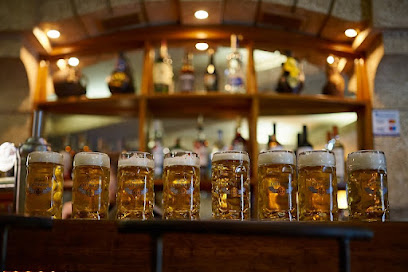
SALOON & BEER
Experience the lively atmosphere and local flavors at SALOON & BEER, the heart of Chișinău's nightlife with delicious drinks and great company.
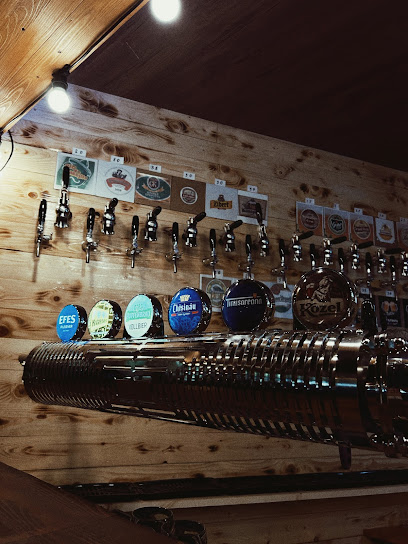
Bar Pește
Experience the vibrant nightlife of Chișinău at Bar Pește, where affordable drinks and a warm atmosphere await every visitor.
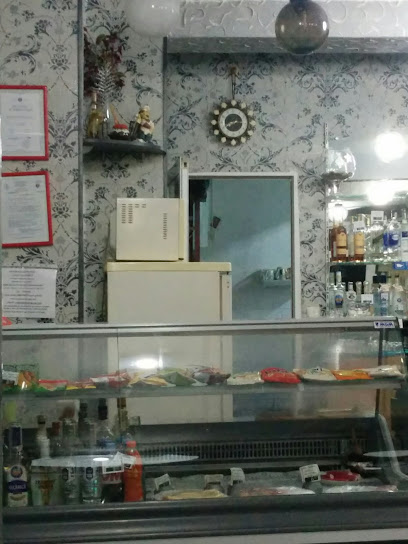
BeerJa
Discover BeerJa, Chișinău's vibrant bar offering an exceptional selection of local and international beers in a lively atmosphere.

Local Phrases
-
- HelloBună ziua
[Boo-nuh zee-wah] - GoodbyeLa revedere
[La re-veh-deh-reh] - YesDa
[Dah] - NoNu
[Noo] - Please/You're welcomeTe rog
[Teh rohg] - Thank youMulțumesc
[Mool-tsoo-mesk] - Excuse me/SorryScuzați-mă
[Scoo-zah-tsi muh] - How are you?Ce mai faci?
[Cheh my fah-chi] - Fine. And you?Bine. Și tu?
[Bee-neh. Shee too] - Do you speak English?Vorbiți engleză?
[Vor-beetz eng-le-zuh] - I don't understandNu înțeleg
[Noo uhn-tseh-leg]
- HelloBună ziua
-
- I'd like to see the menu, pleaseAș dori să văd meniul, vă rog
[Ush doh-ree suh vad meh-nyool, vuh rohg] - I don't eat meatNu mănânc carne
[Noo muh-nuhnk cahr-neh] - Cheers!Noroc!
[No-rok] - I would like to pay, pleaseAș dori să plătesc, vă rog
[Ush doh-ree suh pluh-tesk, vuh rohg]
- I'd like to see the menu, pleaseAș dori să văd meniul, vă rog
-
- Help!Ajutor!
[Ah-zhoo-tor] - Go away!Du-te!
[Doo-teh] - Call the Police!Apelați poliția!
[Ah-peh-latzi po-lee-tsia] - Call a doctor!Apelați un doctor!
[Ah-peh-latzi oon dok-tor] - I'm lostM-am pierdut
[Mahm pyehr-dooh-t] - I'm illSunt bolnav
[Sooont bohl-nav]
- Help!Ajutor!
-
- I'd like to buy...Aș dori să cumpăr...
[Ush doh-ree suh koom-par] - I'm just lookingDoar mă uit
[Doh-ar muh ooit] - How much is it?Cât costă?
[Kaht kohs-tuh] - That's too expensiveEste prea scump
[Eh-steh prah skoomp] - Can you lower the price?Puteți să scădeți prețul?
[Poo-tehts suh skuh-detz prehts-ool]
- I'd like to buy...Aș dori să cumpăr...
-
- What time is it?Cât este ora?
[Kaht eh-steh oh-rah] - It's one o'clockEste ora unu
[Eh-steh oh-rah oo-noo] - Half past (10)Zece și jumătate
[Zeh-cheh shee zhoo-muh-ta-teh] - MorningDimineața
[Dee-mee-neh-tsa] - AfternoonDupă-amiază
[Doo-puh ahm-yah-zuh] - EveningSeara
[Sya-rah] - YesterdayIeri
[Yehr] - TodayAstăzi
[Ah-stuhz] - TomorrowMâine
[Muh-yeh-neh] - 1Unu
[Oo-noo] - 2Doi
[Doy] - 3Trei
[Tray] - 4Patru
[Pah-troo] - 5Cinci
[Cheen-chee] - 6Șase
[Shah-seh] - 7Șapte
[Shahp-teh] - 8Opt
[Oht] - 9Nouă
[Noo-wuh] - 10Zece
[Zeh-cheh]
- What time is it?Cât este ora?
-
- Where's a/the...?Unde este...?
[Oon-deh eh-steh] - What's the address?Care este adresa?
[Kah-reh eh-steh ah-dre-sah] - Can you show me (on the map)?Puteți să-mi arătați (pe hartă)?
[Poo-tehts suh-mi ah-ruh-ta-tsi peh har-tuh] - When's the next (bus)?Când este următorul (autobuz)?
[Kuhnd eh-steh oor-muh-toh-rool ow-toh-booz] - A ticket (to ....)Un bilet (spre ....)
[Oon bee-let spre]
- Where's a/the...?Unde este...?
History of Botanica
-
Botanica, one of the neighborhoods of Chișinău, was developed in the mid-20th century, primarily during the Soviet period. Originally designed as a residential area to accommodate the growing population of the capital, Botanica features a mix of apartment blocks and green spaces. The Soviet architecture is prominent, with many buildings constructed in the Soviet style, reflecting the urban planning principles of the time.
-
The neighborhood is home to several important cultural institutions, including the Moldovan Academy of Sciences and various educational establishments. These institutions have played a crucial role in fostering research and education in Moldova, contributing to the cultural landscape of Chișinău. Botanica also hosts cultural events and festivals that celebrate Moldovan heritage, attracting both locals and visitors.
-
Botanica, like the rest of Chișinău, was significantly affected by the events surrounding the 1989 Revolution. The neighborhood became a site of political activism, where residents participated in demonstrations calling for independence from the Soviet Union. These events were pivotal in shaping the national identity of Moldova and marked the beginning of a new era for the neighborhood and the country as a whole.
-
After Moldova gained independence in 1991, Botanica underwent various transformations. The neighborhood saw an influx of private enterprises and businesses, reflecting the economic changes in the country. This period also marked a revival of local cultural practices, including traditional crafts and community gatherings, which are essential aspects of Moldovan identity.
-
Today, Botanica is a vibrant neighborhood that blends residential, commercial, and recreational spaces. It features parks, markets, and cafes that contribute to the local community's daily life. The area is also known for its diverse population, which includes various ethnic groups, reflecting the multicultural fabric of Chișinău. Modern developments continue to shape Botanica, while the neighborhood retains its historical significance within the capital.
Botanica Essentials
-
Botanica is easily accessible from other neighborhoods in Chișinău. The main public transport options include buses and trolleybuses that connect Botanica with the city center and other districts. The journey from the city center takes approximately 20-30 minutes, depending on traffic. Taxis and rideshare services are also widely available and provide a convenient option for reaching Botanica directly from anywhere in the city.
-
Once in Botanica, the best way to get around is by using public transportation, which includes buses and trolleybuses that cover various parts of the neighborhood. Bicycles can be rented from local shops, and walking is a pleasant option for exploring the parks and residential areas. Taxis are readily available for longer distances or if you prefer a more private mode of transport.
-
Botanica is generally a safe neighborhood for tourists, but it is advisable to remain vigilant, especially in crowded areas. While the majority of visits are trouble-free, avoid walking alone at night in poorly lit areas, particularly near the outskirts of the neighborhood. Keep an eye on your belongings in public transport and busy streets to prevent petty theft.
-
In case of an emergency, dial 112 for police, ambulance, or fire services in Moldova. Familiarize yourself with the location of the nearest hospitals and police stations. It's advisable to have travel insurance that includes emergency medical coverage. For minor health issues, local pharmacies can provide over-the-counter medicine.
-
Fashion: Do dress modestly, especially when visiting places of worship or cultural sites. Don’t wear overly casual or revealing clothing. Religion: Do respect local customs; it’s polite to cover your head when entering churches. Public Transport: Do offer your seat to the elderly and pregnant women. Don’t eat or drink on public transport. Greetings: Do greet locals with a handshake and a smile. Don’t use overly familiar terms until you know someone well. Eating & Drinking: Do try local specialties at restaurants. Don’t refuse food or drink offered to you as it may be seen as impolite.
-
To experience Botanica like a local, visit the markets for fresh produce and traditional foods. Engage with local vendors and residents, who are often eager to share their stories and recommendations. Take a stroll through the parks, like the Dendrarium Park, which is perfect for a peaceful afternoon. Additionally, try the local cafes and bakeries for a taste of Moldovan pastries and coffee.
Nearby Cities to Botanica
-
Things To Do in Orhei
-
Things To Do in Tiraspol
-
Things To Do in Iasi
-
Things To Do in Focsani
-
Things To Do in Suceava
-
Things To Do in Vinnytsia
-
Things To Do in Chernivtsi
-
Things To Do in Kherson
-
Things To Do in Brasov
-
Things To Do in Kropyvnytskyi
-
Things To Do in Khmelnytskyi
-
Things To Do in Constanta
-
Things To Do in Sighisoara
-
Things To Do in Kryvyi Rih
-
Things To Do in Bucharest








